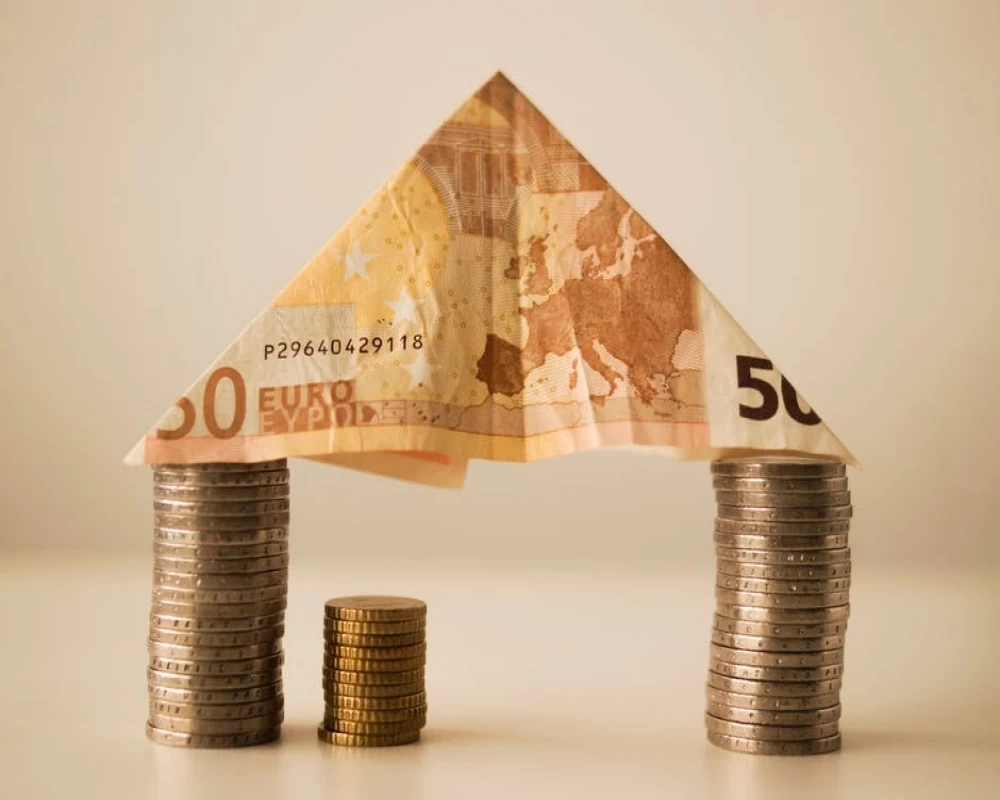Who Else Wants to Move Abroad? 5 Tips for Moving Abroad

Moving broad for work or fun is both exciting and frightening, here are some things you should know
An ancient quote says, 'those who travel across the seas only change their skies, but not their souls", nowadays the opposite is true. Studies show that people who live abroad find it easier to engage with other cultures. Moving abroad gives you more perspective on life. But it's not easy to take the first step. The thought of leaving your family and friends can be distressing coupled with the fact that you may not know anybody in the new country. However, it's an opportunity to leave your comfort zone and explore different cultures and issues you haven't seen before.
But there are challenges you'll encounter. Paperwork can be exhausting; The stress of trying to blend into a new environment, especially when you're not fluent in their language; The guilt that comes with leaving your family and friends, which they may not initially understand. But facts prove that the distance could actually strengthen your relationship. So if you're tired of the same old routine and want some more adventure in your life, you'll find that you can master the skill of dealing with the challenges that come with living in a foreign city. Whether you're a millennial moving to another country for work or a retiree just seeking adventure, these tips will help make the move as painless as possible.
Tips For Moving Abroad
1. Make some research. You already know this is important. It's a no-brainer. Know a bit about the political climate of the country, the economic climate, geography and important public figures. Also learn something of the culture, history and staple foods.
2. You don't really need much stuff. Unless you're running away from your home country, never to return, you'll find that excess luggage is just what it's called; excess luggage. It's a given that there will be stores and large shopping outlets in the country you're moving to. Also leaving back the excess stuff might be a way to dispose of materialism and reprioritize what's important in your life. However, never forget to take the important stuff. Don't forget to take your favorite 'Abercrombie' shirt or else your mind might not leave home.
3. Don't expect to settle in at once. It might take at least three months before you fully integrate with the culture of a particular place. You might find it hard to make friends during this time. So, don't rush and don't feel like you've to immerse completely while trying to socialize but stretching your limits of comfortability. During this time, you can observe. Also, maybe, get some interesting 'alone' activities to keep it fun.
4. Experience new things. Travelling abroad and not trying new foods, people and customs is like going to school and not learning anything. Don't be afraid to experience new things. Also, don't limit yourself to the big cities. If you travel to Spain, don't spend all your time in Madrid. Check out the smaller town, you'll learn and experience much more.
5. Make local friends. As a new property investor abroad, your local friends will be able to assist you a lot. They'll give you practical information and might even put in some legwork for you. Generally, you're not moving abroad to hang out with fellas from your home country. Therefore, mingle with the locals.




